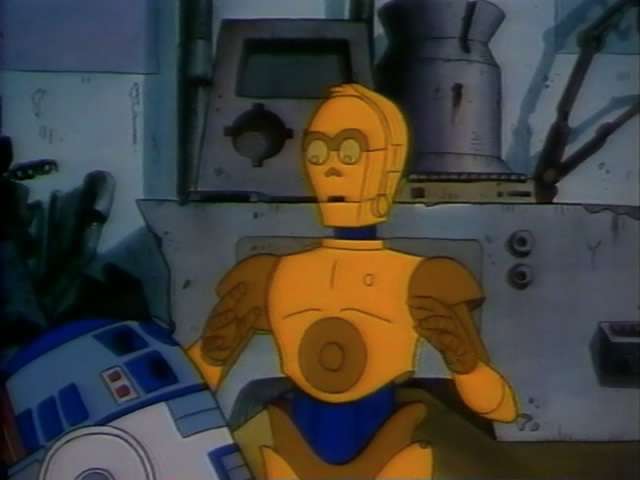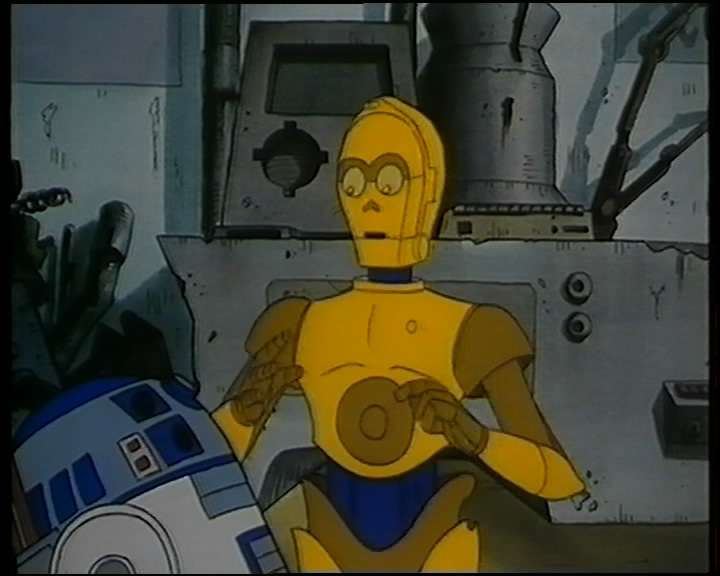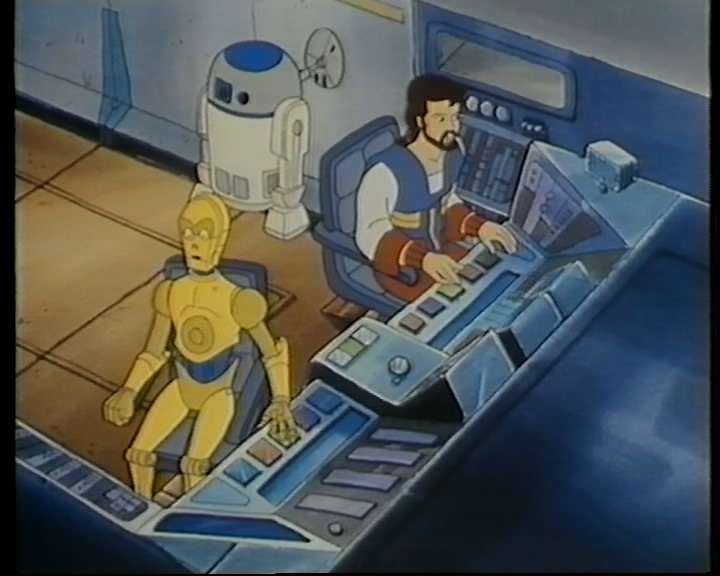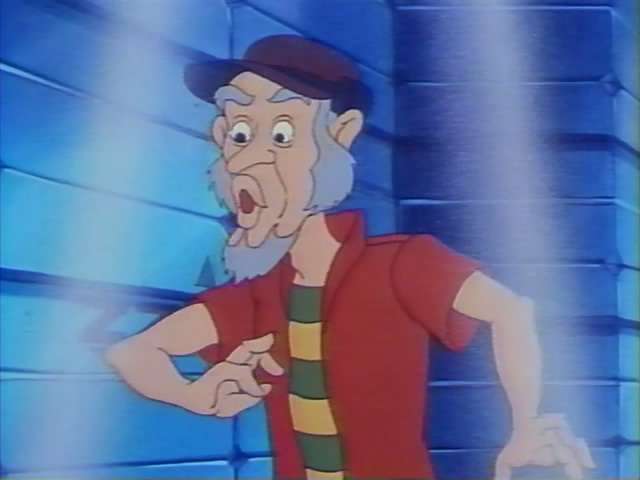The aim in capturing was to do as little as possible to the original files. It was always assumed there'd be some clean-up applied later, but in the end I decided to release the transfers as-is. I just wanted to make them available.
- The capture was done using the Packard Bell ehr2080 DVD/HD-recorder, meaning real-time MPEG2 encoding @ constant 9.5 Mbit/s.
- Trimming of files using VideoReDo.
- TMPEGEnc: 2-pass Re-encoding to variable bitrate with an average of 6 Mbit/s to fit the required number of episodes per disc. The masking of noisy edges was also performed at this stage. Just masking, no resizing of the original pixels. Encoded audio as well in 224kbit/s AC3.
- DVD-authoring using TMPEG DVD-author. Simple track menu with fonts and colours corresponding to the cover artwork.
We all assume the PAL tapes are converted from NTSC due to the blended frames. They do look "different" from the NTSC versions I've seen. Just different, not necessarily better. The episodes have more subdued colour than the NTSC sources I've seen, and may just be a little sharper, but nothing major. Some of the PAL tapes have less pronounced edge-enhancement halos than the NTSC versions though. At this point it's all conjecture, as we don't know what format the animation studio delivered their masters in. Odds are it was NTSC originally and all PAL versions are standards converted.
Pictures > Words:
Here are a few grabs using MediaPlayerClassic, comparing Retardedted's MP4s to my raw MPEG2s. The added resolution of the PAL standard means those images are bigger. These are not the exact same frames but you get the idea. Note that the PALs also look horizontally squeezed compared to the NTSC versions, something we saw on the Ewoks tapes as well.
I'm including an example of the PALs blended frames too.





